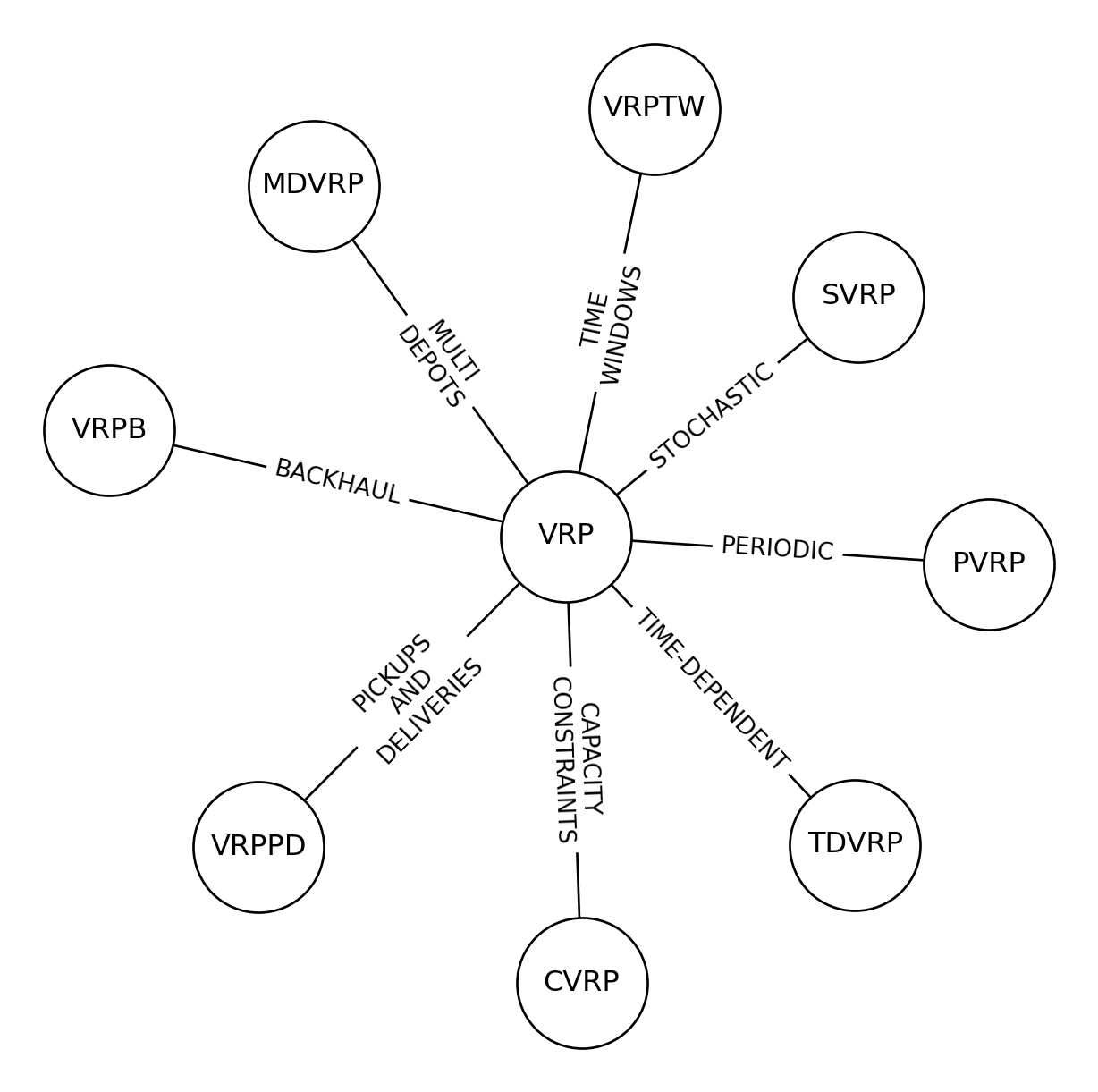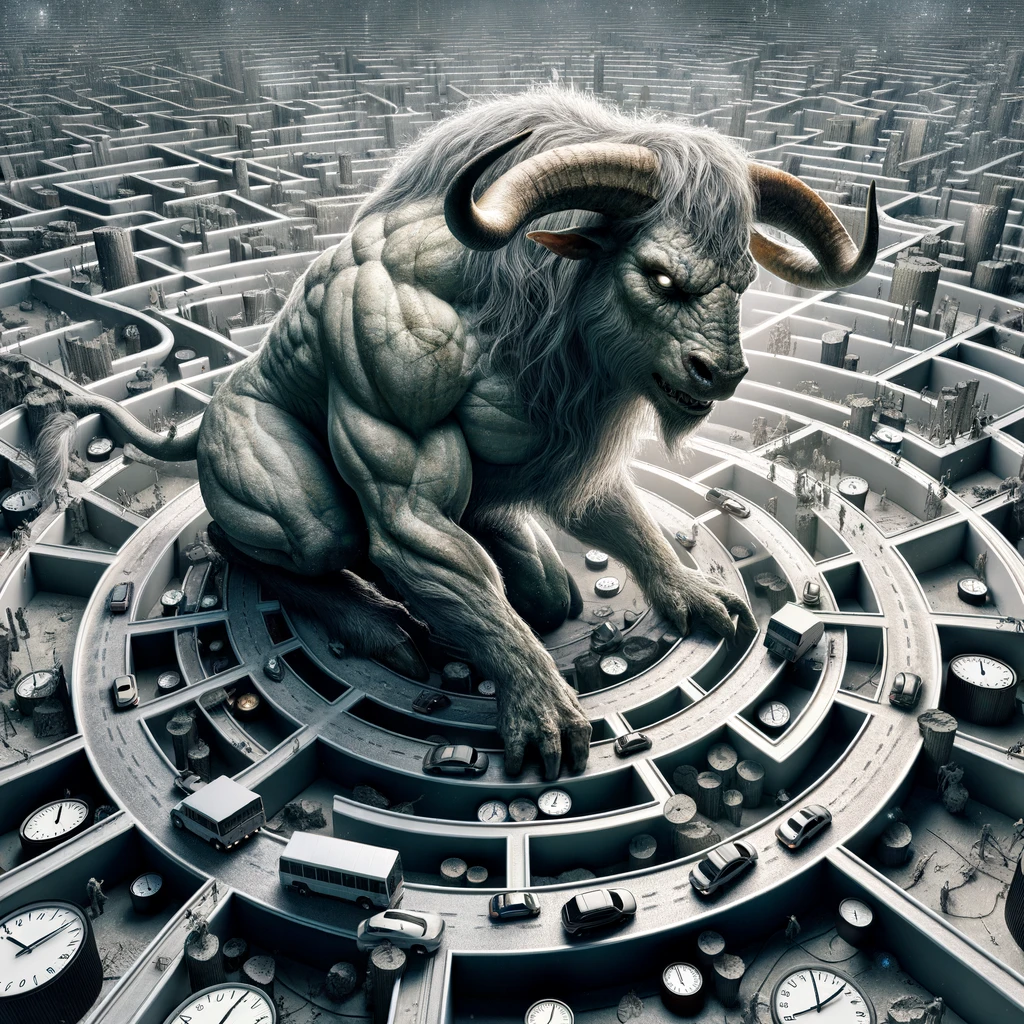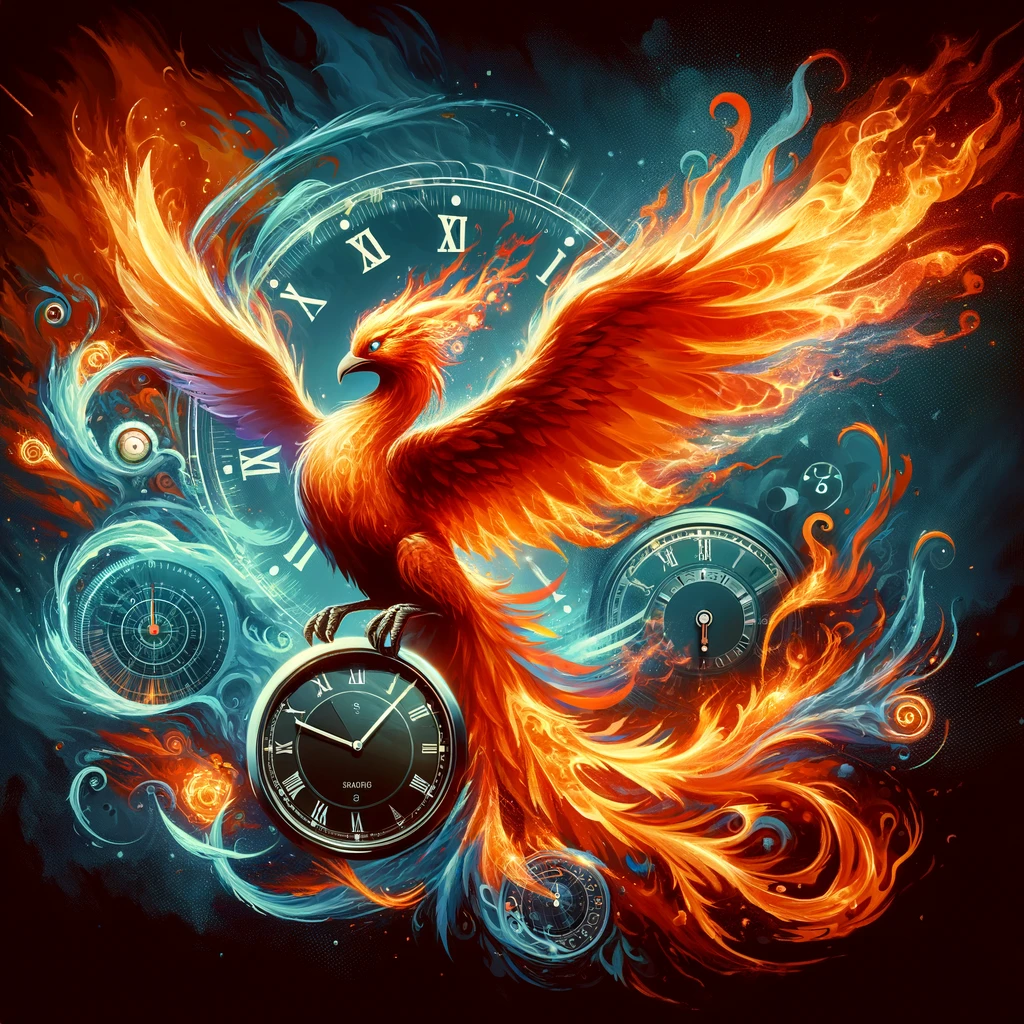
Fantastic Vehicle Routing Beasts and Where to Find Them
“Fantastic Beasts and Where to Find Them” is a guidebook in the Harry Potter world, teaching young wizards about magical creatures and how to handle them. Just as the book empowers wizards to manage magical creatures wisely, when faced with a new business problem, the literature helps us understand how similar problems have been approached, detailing the algorithms, heuristics, or exact methods that have proven effective.
In the Vehicle Routing Problem (VRP) context, for example, the literature can help us identify the specific type of VRP we are dealing with—be it the classic VRP, VRP with time windows, Capacitated VRP, or VRP with Pickups and Deliveries, among others. Once we determine where a specific VRP fits within the broader taxonomy of routing problems, we can more effectively pinpoint the right “spells” — relevant solutions and methodologies that have been successful in similar contexts — to handle our VRP challenges.




This involves matching the problem with the appropriate modeling and algorithmic approach, much like matching a magical creature with its correct handling procedure. For example, if the problem is a basic VRP, simple heuristics might suffice. However, for more complex variants like the VRP with Time Windows or the Stochastic VRP, advanced metaheuristics or even machine learning approaches might be necessary.

Starting a model from scratch might be an enjoyable intellectual pursuit or pastime, but we are typically pressured to generate value as soon as possible in a professional environment. Therefore, when faced with a new business problem, the first step is to try to frame it against a taxonomy and leverage the wealth of background information and resources (case studies, academic papers, industry reports, etc.) to speed up the solution development process.
In most cases, we are not the first person dealing with a problem, so it is wise to heed the words of Sir Isaac Newton, the famous English scientist, who said:
“If I have seen further, it is by standing on the shoulders of giants.”
